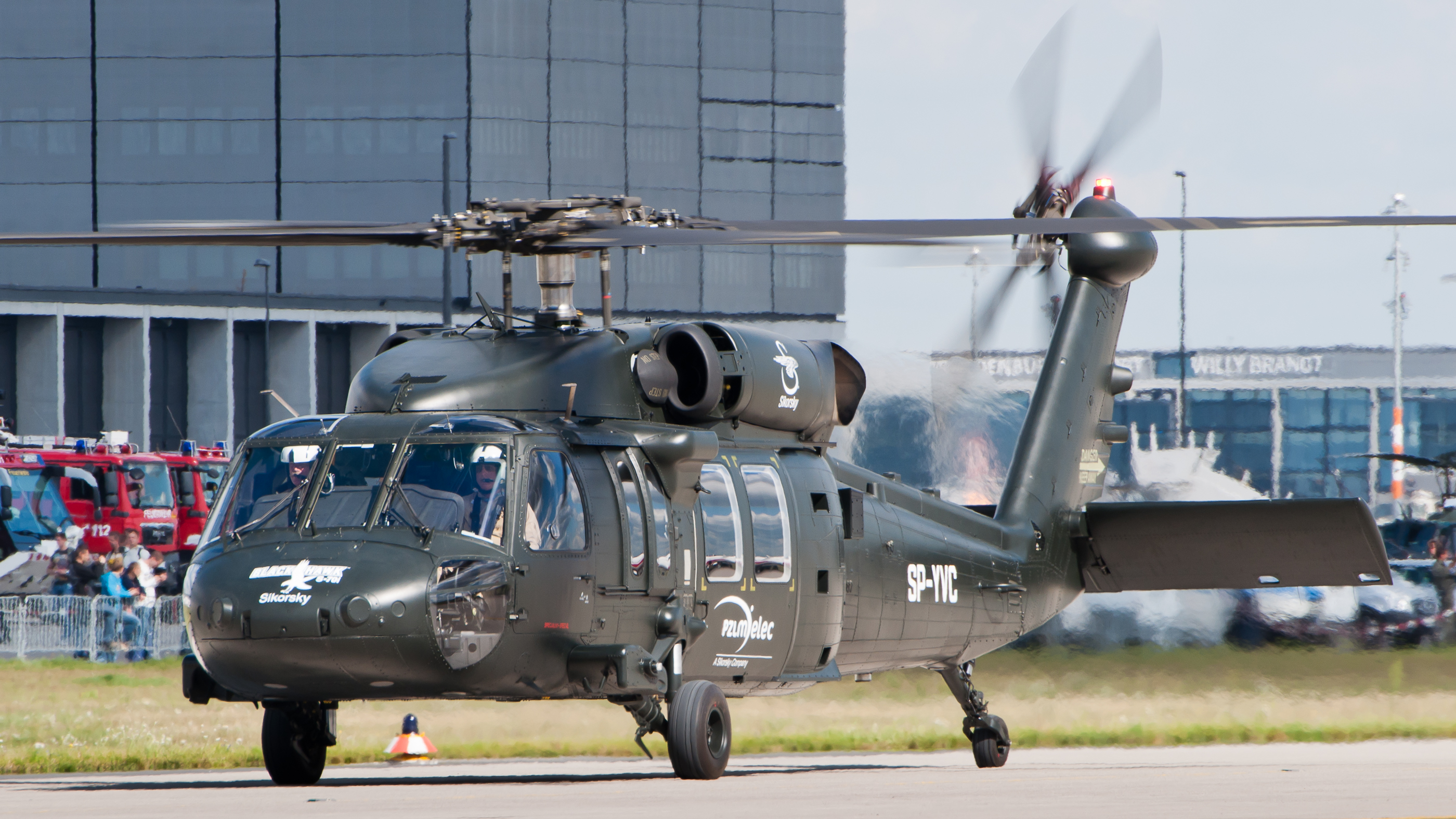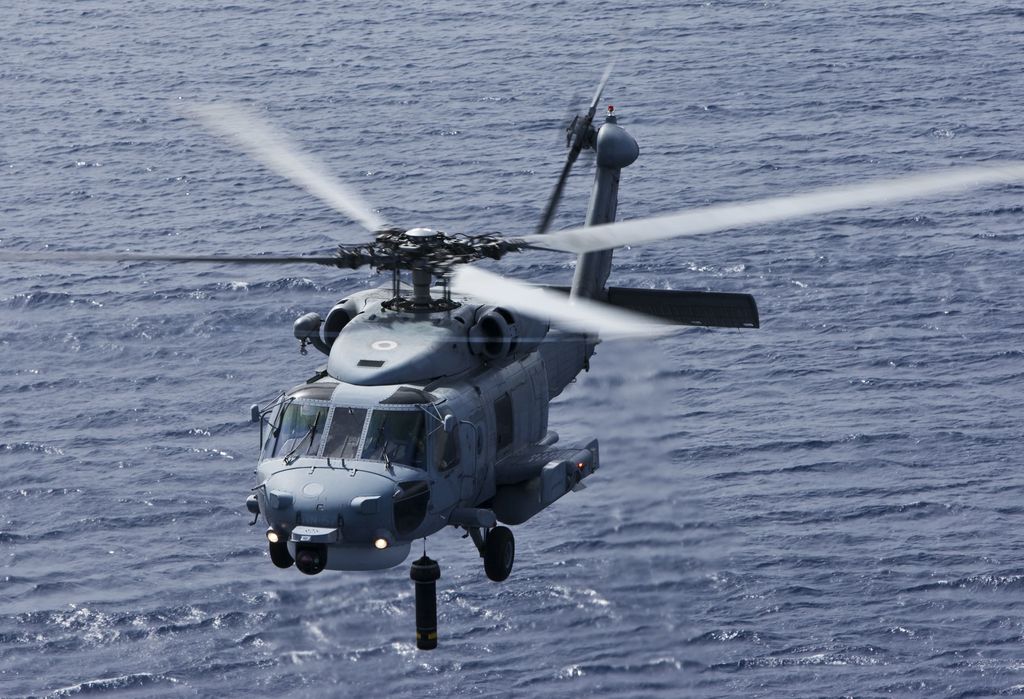How the Sikorsky S 70 Attracts Attention in the Helicopter Sector
How the Sikorsky S 70 Attracts Attention in the Helicopter Sector
Blog Article
Rotary-Wing Aircraft Offering Superior Resilience and Precision Engineering
In the realm of air travel, rotary-wing airplane have long been identified for their special abilities in various operational environments. As we explore the elaborate equilibrium in between advancement and dependability in rotary-wing airplane, it ends up being obvious that the convergence of innovative innovation and proven design concepts has actually set a brand-new requirement for efficiency and effectiveness in the aerospace market.
Development of Rotary-Wing Technology
Throughout the background of aviation, the evolution of rotary-wing innovation has actually been a testimony to regular technology and advancement in aerial engineering. From the very early days of vertical trip with simple designs to the innovative helicopters and other rotary-wing aircraft of today, the development in this area has actually been exceptional.
In the early 1900s, leaders like Igor Sikorsky and Juan de la Cierva made significant strides in rotary-wing innovation. Sikorsky's VS-300 helicopter, initial flown in 1939, marked a zero hour in the advancement of practical rotary-wing airplane. This success paved the way for additional innovations in upright trip capabilities.

Today, rotary-wing aircraft play crucial duties in various markets, consisting of army procedures, emergency medical services, law enforcement, and commercial transportation. The advancement of rotary-wing technology remains to push the limits of what is feasible in upright trip, making certain that these aircraft stay important possessions in the aeronautics sector.
Materials and Construction Innovations
Demonstrating a blend of sophisticated products and exact building and construction methods, rotary-wing airplane have actually gone through substantial improvements in resilience and efficiency. Among the crucial developments in materials made use of for rotary-wing aircraft is the raising utilization of composite materials. These products, such as carbon fiber strengthened polymers, supply a high strength-to-weight proportion, enhancing both the structural stability and general performance of the aircraft. Furthermore, advancements in manufacturing processes have actually enabled more specific and intricate construction of rotary-wing elements, adding to improved the rules of aerodynamics and performance.
In addition, the combination of advanced coverings and surface area therapies has actually played a crucial duty in improving the toughness of rotary-wing aircraft. These coatings offer defense versus rust, abrasion, and extreme climate condition, prolonging the life expectancy of the aircraft and decreasing upkeep requirements.
In terms of construction developments, additive manufacturing, likewise referred to as 3D printing, has actually changed the production of complex components for rotary-wing airplane. This technology enables for quick prototyping and personalization, causing much faster development cycles and reduced expenses. Generally, the continuous evolution of products and building and construction methods is driving the capacities and performance of rotary-wing aircraft to brand-new heights.
Accuracy Flight Control Equipment

The combination of GPS technology additionally enhances the accuracy and integrity of these systems, permitting specific navigating, waypoint tracking, and automated trip control. sikorsky s 70. This degree of accuracy not just boosts the safety of rotary-wing operations yet also improves total operational efficiency and mission performance
Furthermore, the continual developments in fabricated intelligence and equipment discovering have promoted the growth of autonomous flight abilities within Precision Flight Control Systems. This makes it possible for rotary-wing airplane to carry out complicated objectives with exceptional precision and uniformity, making them crucial properties in a variety of applications, including armed forces operations, search and rescue missions, and airborne digital photography.
Toughness in Testing Environments
Sought after operational settings, rotary-wing airplane demonstrate outstanding resilience and toughness, making sure optimum efficiency under tough environmental conditions. These aircraft are created to withstand a large range of ecological aspects, including severe temperature levels, high winds, and rough terrain, making them appropriate for numerous missions in varied landscapes.
One vital element adding my explanation to the longevity of rotary-wing aircraft is their sturdy building. These airplanes are developed using top notch materials and progressed engineering techniques to boost their architectural stability and reliability. Additionally, elements such as rotor blades, engine systems, and landing equipment are thoroughly designed to endure the stress and stresses experienced during procedures in tough settings.
Furthermore, rotary-wing airplane are furnished with sophisticated onboard systems that keep an eye on efficiency metrics in real-time, enabling aggressive maintenance and early discovery of possible problems - sikorsky s 70. This positive approach aids stop unforeseen failings and makes sure the continued airworthiness of the airplane in requiring functional settings. In general, the longevity of rotary-wing airplane in tough settings is a testament to their exceptional engineering and layout, making them important assets for various mission-critical operations
Maintenance and Reliability Criteria
The adherence to strict upkeep and dependability standards is vital in ensuring the optimal efficiency and safety and security of rotary-wing aircraft. Normal upkeep checks, conducted by licensed technicians, are important to identify and deal with any type of potential issues before they endanger the airplane's functionality. These checks encompass a detailed assessment of all essential parts, including the engine, blades system, avionics, and hydraulic systems, to assure that they remain in prime functioning problem.
Furthermore, adherence to arranged upkeep intervals in accordance with producer guidelines is critical for maintaining the airplane's integrity. This aggressive technique aids avoid unanticipated malfunctions and ensures that the aircraft stays airworthy for its desired objectives. Additionally, the execution of durable dependability criteria, such as routine part screening and substitute based upon predetermined lifecycles, additionally improves the airplane's stability.
Final Thought

Finally, the advancements in rotary-wing airplane technology have caused superior resilience and accuracy design. With cutting-edge materials and building and construction strategies, in addition to precision trip control systems, these aircraft can run in challenging atmospheres with raised dependability. The maintenance and dependability requirements make certain that these rotary-wing aircraft proceed to execute at their ideal, making them important possessions for various sectors.
Demonstrating a combination of sophisticated products and accurate building and construction strategies, rotary-wing airplane have actually gone through significant innovations additional hints in durability and efficiency. One of the vital advancements in products utilized for rotary-wing airplane is the increasing application of composite materials.With meticulous attention to information and advanced technical combination, rotary-wing airplane have welcomed Precision Trip Control Systems as a cornerstone of their operational quality. On the whole, the sturdiness of rotary-wing airplane in tough atmospheres is a testament to their remarkable engineering and design, making them important properties for different mission-critical operations.
In verdict, the improvements in rotary-wing aircraft innovation have visit this website led to remarkable durability and precision engineering.
Report this page